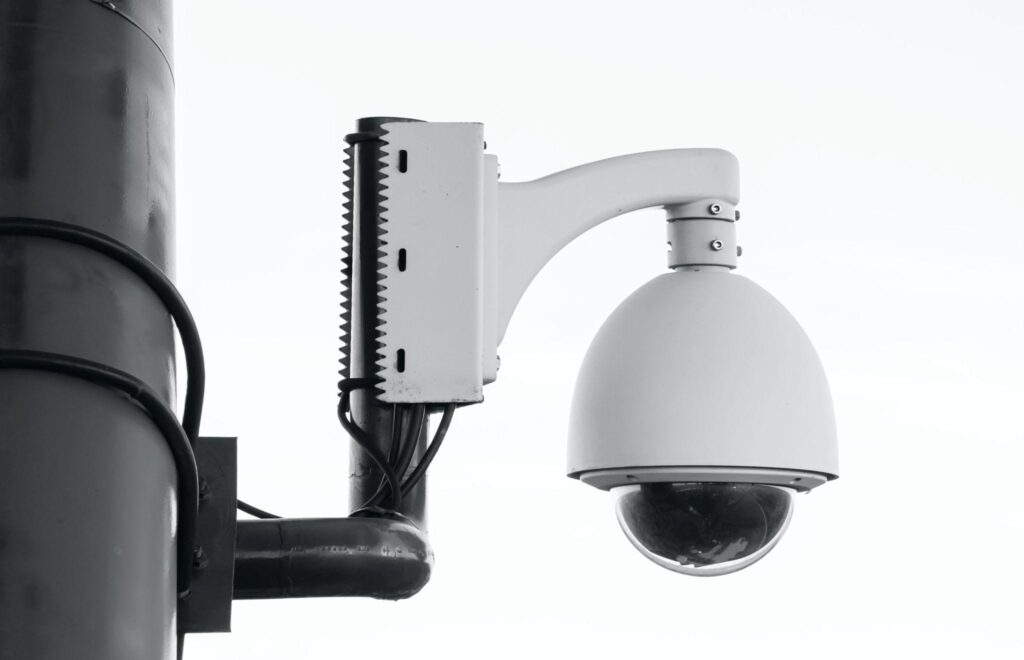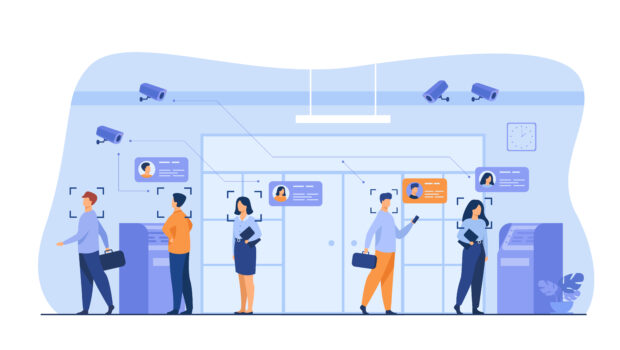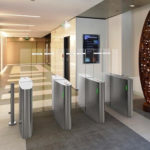Top Technologies That Are Revolutionizing How Businesses Are Approaching Security In 2022
2022 is the year where cyber and physical security convergence takes focus, and companies begin to bring physical security to the future as modern advancements in technology make it possible. During the pandemic, there was a substantial rise in cybercrime, leading many businesses to incorporate modern cyber security technologies into their existing security systems. While there are many benefits to this, it has left physical security vulnerable to attack as businesses have neglected their physical security systems.
Many businesses may think that a fake video surveillance camera and a solitary night security guard are enough to protect your assets. As intelligent tech enthusiasts, we are telling you that this is not enough.
Your physical security and cyber security technology should be at the same level and work in sync to offer your business the greatest level of protection. Many companies are recognizing this and updating their technologies for enhanced security.
The latest technologies are hyperfocused on making security systems user-friendly by moving technologies to the cloud, streamlining the system where possible, and creating a mobile-friendly interface.
To incorporate these features into your security and make your life easier, you should consider the many technology options available to revolutionize your business’ protection. These include upgrading to cloud-based technology, converging your physical and cyber security, and making security technology mobile friendly.
Cloud-Based Technology
For many years, on-premise systems were the go-to for commercial security systems. They incurred a lot of extra space and work due to large quantities of onsite hardware, but there was no other option until now. Cloud-based technology offers better quality video and access control systems without the extra kinks of on-premises security technology.
There are no on-premise servers required with cloud-based video and access control technology, which saves space and reduces the risk of hackers attacking the system onsite. While there are still risks to the system, it’s nothing that an excellent converged security system cannot combat.
Cloud-based technology is managed remotely, and usually, the vendor offers a management subscription that comes with the purchase of the technology to make your life easier. This reduces the need for businesses to hire independent security companies to manage or fix small problems from the system.
The contents and costs of these subscriptions are entirely your choice which puts control back into your hands and allows you to make decisions about the security of your business. No matter which subscription you choose, the cheapest or the best, you will still have a significant return on investment.
Converged Cyber And Physical Security
Cloud-based technology has many advantages, but it introduces new risks to the business that reduce only when your physical and cyber security teams work together. Converged security is essential to protect a company’s physical and cyber assets as the internet of things continues to enhance physical technologies.
As these assets continue to change and are not distinctly separate anymore, the security measures designed to protect them cannot be either. Hackers are now able to access buildings and systems physically by attacking cloud-based systems. Therefore, a cohesive strategy is the only way to combat threats on all fronts and keep your business as protected as possible.
Combined security teams will receive enriched data, allowing them to make more informed decisions and develop strategies together that protect all assets instead of leaving the other vulnerable. This will sufficiently reduce the workload for both teams and cut out unnecessary costs while strengthening the security system overall.

Photo by Pawel Czerwinski on Unsplash
Mobile-First Design
One of the simplest ways to bring physical security technology into the future is to bring it to the mobile. Mobile phones are one of the most popular forms of technology today and are ideal for businesses to manage their security.
If you can get emails and website updates via your mobile, what is stopping you from getting security updates too? Nothing. People use mobile phones frequently, so they notice their notifications quicker, leading to real-time actioning on threats and faster response to incidents. Overall, security apps can produce better outcomes by catching threats earlier and issuing quicker responses.
In order to make security technology accessible for mobile phones, the product design element needs to adopt a mobile-first design plan where they design the platform for mobiles first. From there, the design team can expand the platform’s capabilities for tablets and computers, which have fewer restrictions, so it is user-friendly for all.
A mobile-first design makes security systems accessible at any time, any place, so businesses can keep a closer eye on the security of their building without extra headaches.
















